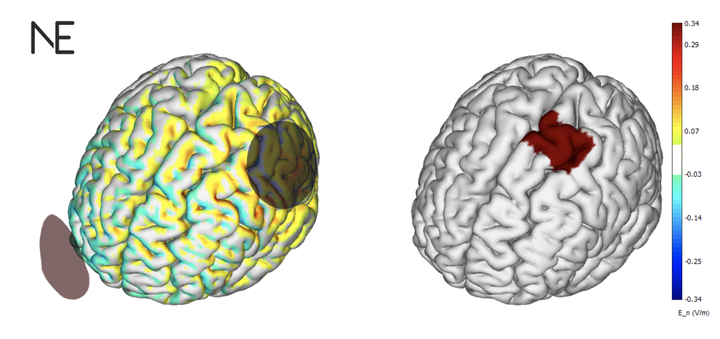EEG Recordings During Sham Control Transcranial Direct Current Stimulation Protocol

Abstract
Background: Very little is known about how transcranial direct current stimulation (tDCS) affects the brain while it is being administered. This stems from technical difficulties related to making electroencephalography (EEG) recordings simultaneously with the administration of tDCS due to electromagnetic interference and its effect on EEG signal quality. However, recent advances in EEG recording technology have made it possible to make recordings under stimulation conditions.
Methods: In this pilot study, we recorded 6 channels of EEG (P3, P4, F3, F4, PO3, PO4) using dry electrodes from 4 healthy subjects. Subjects received 20 minutes of 1 mA real or sham anodal tDCS with the active electrode over Cz and the return electrode over Fpz in a crossover single-blind study design (Pi electrodes, Starstim, Neuroloectrics, Barcelona). During tDCS/ EEG recordings the subjects were positioned in supine with their eyes closed. Post-hoc, spectral analysis was performed on the EEG signal to visualize the spectral profile of the data during real and sham conditions. Additionally, alpha-band signal-to-noise ratio (SNR) and signal standard deviation from 1–40 Hz were computed to compare signal noise metrics across both tDCS conditions.
Results: No channels showed significant differences in EEG signal quality (as determined by measuring alpha power-band signal-to-noise ratio (SNR) and signal standard deviation from 1-40 Hz) between sham and real tDCS conditions.
Significance: This study confirms that meaningful EEG signal can be recorded during the administration of anodal tDCS, which may allow us to observe the effect of tDCS on the brain in real-time, and determine individual dosage tDCS parameters.